The Big Three in Prunes
The three most important management decisions dictating fruit size and crop size (and therefore grower returns) are 1) cropload management, 2) irrigation, and 3) nutrient management (especially potassium). Continue reading
Your source for orchard news & information in the Sacramento Valley
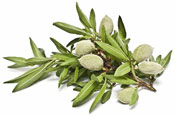

The three most important management decisions dictating fruit size and crop size (and therefore grower returns) are 1) cropload management, 2) irrigation, and 3) nutrient management (especially potassium). Continue reading
Sustainable net return to grower is the measure of success in farming. Because profit margins shrink with increasing costs, small income increases (that don’t impact overall orchard health) can have major benefits to an operation’s bottom line. Continue reading
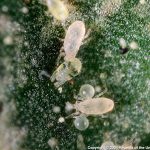
These updates are provided as reference information for Sacramento Valley orchard pest and natural enemy activity. Continue reading

Clarissa Reyes, Orchard Systems Advisor, Sutter-Yuba, Butte & Placer Countie Jaime Ott, UCCE Tehama, Shasta, Glenn & Butte Counties Becky Wheeler-Dykes, UCCE Glenn, Colusa & Tehama Counties In February 2024, the Sutter-Yuba and Tehama Walnut Day meetings featured panel discussions … Continue reading
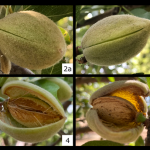
Historically, the recommendation from UC almond experts for the ideal time to shake was as soon as 100% hull split occurred throughout the orchard, however, these considerations vary widely among varieties and locations. Potential challenges that growers should consider when timing harvest include pest and disease management, nut removal/drying time, and nut quality. Continue reading
Rising production costs continue to squeeze profit margins for prune growers. The five percent rule can be an effective principle for improving profits, advocating for small improvements across multiple aspects of an operation rather than striving for large gains in one or two areas. Continue reading
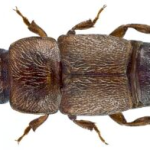
Carpophilus beetle (Carpophilus truncatus) is a small insect that causes severe damage to almond kernels. Humid conditions increase the emergence and rate of development, leading to multiple generations within a season. Continue reading
Franz Niederholzer, UCCE Farm Advisor, Colusa and Sutter/Yuba Counties Sudan Gyawaly, UC IPM Advisor, Sacramento Valley David Haviland, UCCE Entomology Advisor, Kern County Hull split for the 2024 almond crop is just ahead. Successful hull split spraying lowers NOW damage … Continue reading
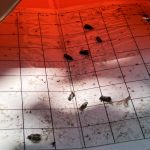
The SacValleyOrchards team has started posting pest monitoring reports/updates for major walnut and almond pests for our region Continue reading
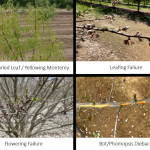
Over the past eight years, Sacramento Valley growers have encountered challenges managing Monterey almond trees: yellowed curled leaf, leafing failure, flowering failure, and Bot/Phomopsis dieback. Continue reading
Originally written by Emily J. Symmes, Former Sacramento Valley Area IPM Advisor Revised in June 2024 by Sudan Gyawaly, Sacramento Valley Area IPM Advisor The good news is that a truly sound IPM program should already have you considering economic … Continue reading
Jaime Ott, UCCE Tehama, Shasta, Glenn, and Butte Counties Since this spring (2023), we have found prune brownline disease (brownline) in three Sac Valley orchards on Krymsk 86 rootstock. Symptoms include tree decline and rapid collapse of the entire canopy. … Continue reading

The UC Davis Prune breeding program is eager to patent a new variety, Yolo Gold, as well as promote new promising French-type cultivars. Continue reading

These updates are provided as reference information for Sacramento Valley orchard pest and natural enemy activity. Continue reading

These updates are provided as reference information for Sacramento Valley orchard pest and natural enemy activity. Continue reading